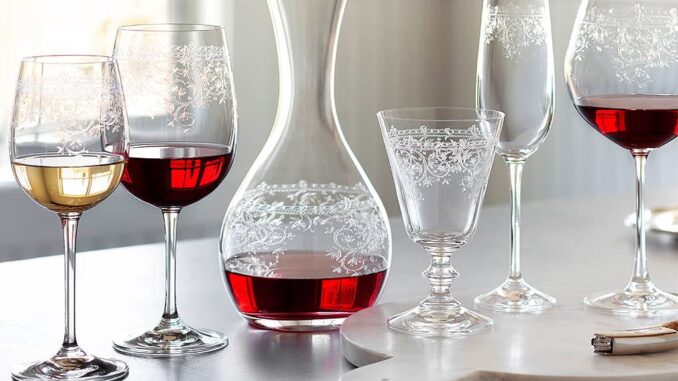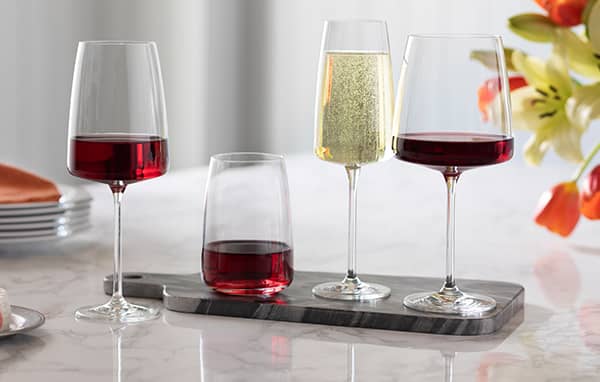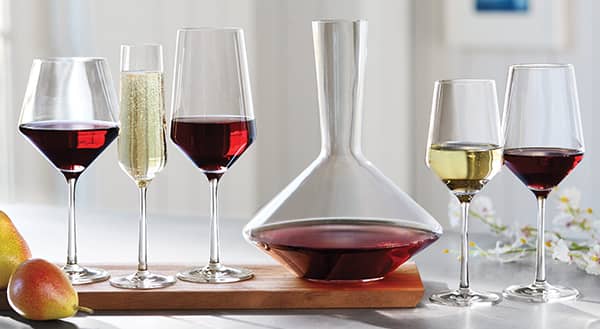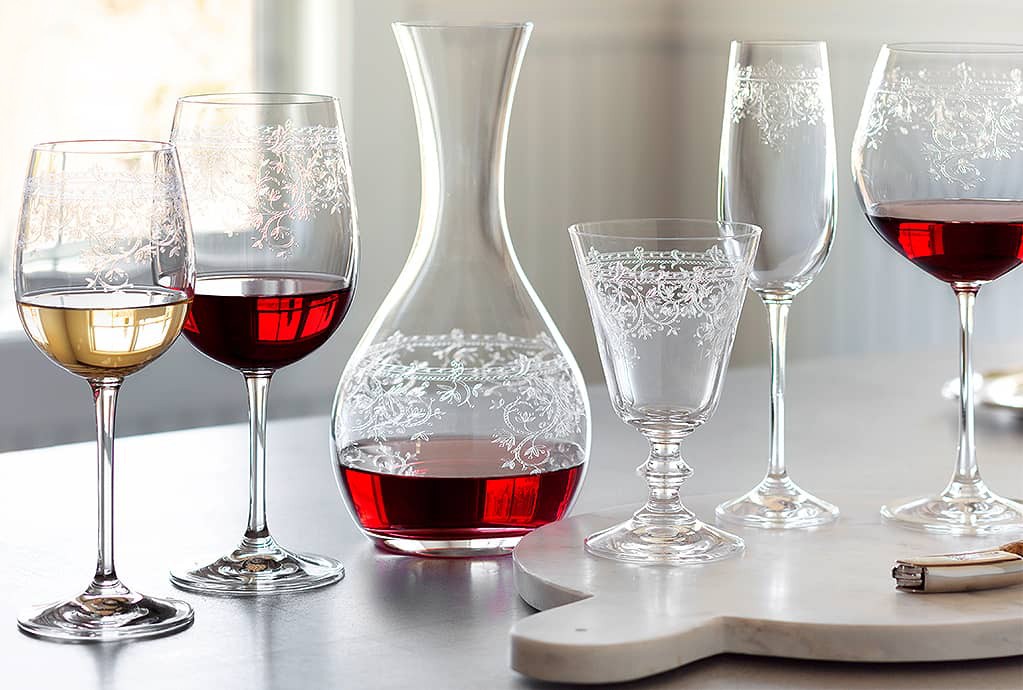

Many people struggle with understanding the level of sugar in a glass of wine. It is a common assumption that all alcoholic beverages contain a lot of sugar, like a glass of grape juice. This isn’t the case, however. Dry red and white wines actually have very little sugar in them.
Since a bottle of wine doesn’t have to report its sugar content on the label, it makes sense that most consumers don’t know how much they are consuming in a large glass of wine.
If we want to decrease our sugar intake, does it mean we have to give up wine too? Do we really have to buy special wines if we are on the Keto diet like the ads tell us?
Here is the truth about how many grams of sugar are really in a standard wine. It’s less than you think.
Sugar Accumulation in the Grapes
As wine grapes mature through the growing season, their acid levels drop and natural sugars accumulate. At harvest, the majority of the sugars in grapes are made up of fructose molecules and glucose molecules with trace amounts of other naturally occurring sugars.
The sugar content in the grapes at harvest has a direct correlation to the alcohol level of the finished wine since the yeast will turn the sugar into alcohol.
Grapes used to make white wine and sparkling wines are picked at lower sugar levels, therefore they have lower alcohol content. Grapes used to create red wines like Merlot are picked later in the season so they can accumulate more sugar and therefore their alcohol content is higher.
There are also wines referred to as late harvest wines or dessert wines that are picked last and allowed to accumulate much more sugar. The sugar level in the grapes is measured in degrees BRIX.
Once the grapes have been brought in from the vineyard and prepared for the fermentation process, yeast is introduced to start the alcoholic fermentation. During this process, the yeast eats the sugars and produces ethanol and carbon dioxide. Any sugar that is left by the yeast after fermentation is called residual sugar or (RS) and is measured in grams per liter (g/l).

Residual Sugar (RS)
The level of residual sugar (RS) desired in the wine is determined by the winemaker before production and it depends on the style of wine they are making. For example, sweeter wines like off-dry Rieslings depend on that residual sugar.
The winemaking team keeps a close eye on their fermentations, especially when they want to have some residual sugar in the finished wine. Winemakers and their teams run analyses on wine samples daily to watch the progression of the fermentation.
The sugar level of the fermenting juice is one of the most important analyses done because it is an indicator of the progress and overall health of the fermentation.
Suppose the winemaker wants to make a sweet wine, they will typically arrest the fermentation at the desired sugar level by dropping the temperature of the fermentation tank to a level that stops the yeast activity. If a dry wine is desired, the winemaking team will let the fermentation go until all of the detectible sugar has been consumed.
How Much Sugar is in the Finished Wine?
It’s difficult to get a wine to bone dry (absolutely no residual sugar). Therefore, most wines that are considered dry still have some sugar present, usually between 0 and 10 grams per liter (RS) which is very low. For comparison, a can of regular Coke has 108 grams per liter of sugar.
Off-dry wines such as some Rieslings contain 10-35 grams per liter of residual sugar, sweet wines like Moscato and sweet Riesling contain 35-120 grams per liter (RS), and extremely sweet wines including Tawney Ports, Ice Wines and Sauternes contain 120 – 220 grams per liter of (RS).

Dry Wine = Very Low Sugar
This means consumers need to pay attention to the style of wine that they are buying in order to make sure they don’t get the unwanted sweetness. If you are drinking a bottle of Cabernet Sauvignon, Chardonnay, Pinot Noir or Viognier, for example, you are getting a wine that has very low sugar content.
You would have to drink 11 glasses of your favorite dry wine to get the amount of sugar in a can of regular Coke. That’s assuming the dry wine has 10 grams per liter of (RS) and most dry wines have much less.
Consumers also have to be aware that inexpensive, mass-produced wines can contain higher levels of residual sugar to help mask the taste of low-quality fruit.
In Conclusion
All of this information is important to know as a wine drinker because it will help you choose the right wines for your palate. If you like dry wines, there is no need to worry about sugar levels.
If you prefer sweet wines, it’s important to be aware that they contain varying levels of residual sugar, especially if you are watching your sugar intake. When wine tasting, don’t hesitate to ask questions about the RS levels of wines you are enjoying, before purchasing.
About the Author: Wesley Cable is a wine lover and blogger from California who writes about wine and lots of other things for his blog at wesleycable.com.